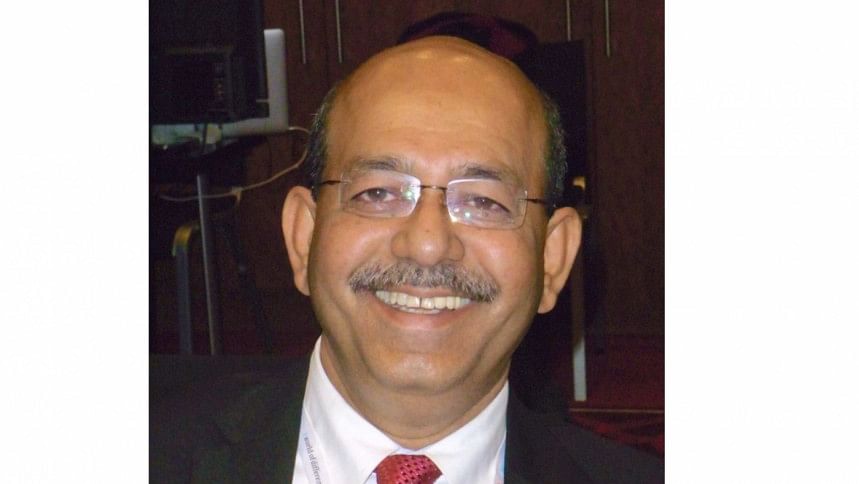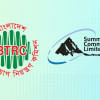Flawed regulation sends wrong signals to private submarine cables in Bangladesh

The government has issued three submarine cable licences to Summit Communications, CdNet Communications, and Metacore Subcom Ltd. The last bastion of state-owned monopoly in telecoms will fall once the private cables emerge from the Bay of Bengal. But tiptoeing the notoriously unassuming regulatory minefield at the shore will dictate their fate of Darwinian survival.
Bangladesh Submarine Cable Company Ltd (BSCCL) plugged the country's maiden undersea cable named South East Asia–Middle East–Western Europe 4 (SEA-ME-WE 4) in 2005. Eleven years later, in 2016, the state-owned BSCCL pulled ashore its second (SEA-ME-WE 5) cable. The third one, SEA-ME-WE 6, is scheduled for activation in 2025.
Guidelines for private sector submarine cable were published in 2011. But the government stayed idle thereafter. As a result, Bangladesh became the only littoral country in South Asia and Southeast Asia that suffers from market abuse by the state-owned submarine cable monopoly.
A year later, in 2012, the authorities issued six international terrestrial cable (ITC) licences to plug the country with uncompetitive India across land borders. Two years later, another ITC licence was given to the state-owned fixed-line telephone company.
Officially these ITCs were meant to be the backup of the sole submarine cable (SEA-ME-WE 4) at that time. Actually, the government just extended BSCCL's tyrannical monopoly in submarine cable. Nevertheless, the segregated licencing of undersea and overland optical fibre networks is ridiculous by any standard.
Optical fibre cable (OFC) is a common component in the submarine and terrestrial networks. Submarine OFC traverses across the seabed to interlink the coasts of multiple countries. Thereafter the terrestrial OFC networks carry the submarine cables' bandwidth towards the hinterland to fuel the broadband networks.
Therefore, the seven ITC licences that Bangladesh has issued foolishly decouple the submarine from terrestrial OFC networks. All the 16 submarine cables linking Asia with Europe transit overland along both the banks of Egypt's Suez Canal. This terrestrial segment plugs the undersea cable networks operating at the bottom of the Red and Mediterranean Seas.
Eastern Thailand's Songkhla and Satun at its western shore are the terrestrial transit points of three international submarine cables operating in the Gulf of Thailand and the Andaman Sea. The Jasuka cable, uniting Indonesia and Malaysia, also blends terrestrial and undersea routes. There are many more examples of such integration of suboceanic and overland networks worldwide.
Therefore, the Bangladesh government should have allowed the seven ITC operators to run submarine cable systems a long time ago. Authorities have now issued submarine cable licences to three companies instead. One of them, Summit Communication, is an ITC operator. And that is quite unsettling due to the government's fragmented and unscientific policies.
Summit has a nationwide telecommunication transmission network (NTTN) licence for transporting international bandwidth to and from domestic wholesale outlets called international internet gateway (IIG). Summit also has an IIG licence. Then it offloads the bandwidth among mobile towers by virtue of its NTTN and tower licences.
Summit additionally operates a peering outfit to keep the local traffic within the country through a national internet exchange (NIX) licence.
In sum, Summit by far controls most of the entire supply chain of broadband in Bangladesh.
One may wonder how it could happen. The answer is: our telecoms policy first dismembered the broadband supply chain and made broken pieces of licences in 2007. Then the NTTN licence was created in 2009, which subsequently prohibited the cash-rich mobile operators' investments in optical fibre in 2011. Such progressively absurd regulations to block capital injection in rapidly evolving telecoms infrastructure are shockingly unique in the world.
Nevertheless, the cash-strapped local investors have thronged into the garage sale of disjointed infrastructure licences and they have predictably failed to deliver.
Only 20 per cent of mobile towers being plugged with OFC in this 184 million-plus subscribers' market, which operates on 95 per cent flat terrain of merely 148,000 square kilometres of territory, is the Exhibit-A of completely dysfunctional telecoms policy. Bangladesh ranking 103rd among 110 countries in Surfshark's mobile internet speed index is the Exhibit-B. The list is very long.
Deploying three submarine cables by 2024 in a market like Bangladesh is extremely challenging, if not unrealistic. A looming geopolitical storm blended with global financial uncertainties coupled with exposure to unpredictable telecom regulations inhibits bona fide investors.
Unceremonious ejection of Singapore's SingTel and dramatic exit of India's Airtel from the mobile market followed by stunning reduction of Japanese NTT Docomo's stake in Robi Axiata have sent a series of cautionary signals. Massive overhauling of the country's telecoms regulatory governance is the only way to restore investors' confidence. And there is no shortcut to it.
The author is a senior policy fellow at LIRNEasia.

 For all latest news, follow The Daily Star's Google News channel.
For all latest news, follow The Daily Star's Google News channel. 





Comments